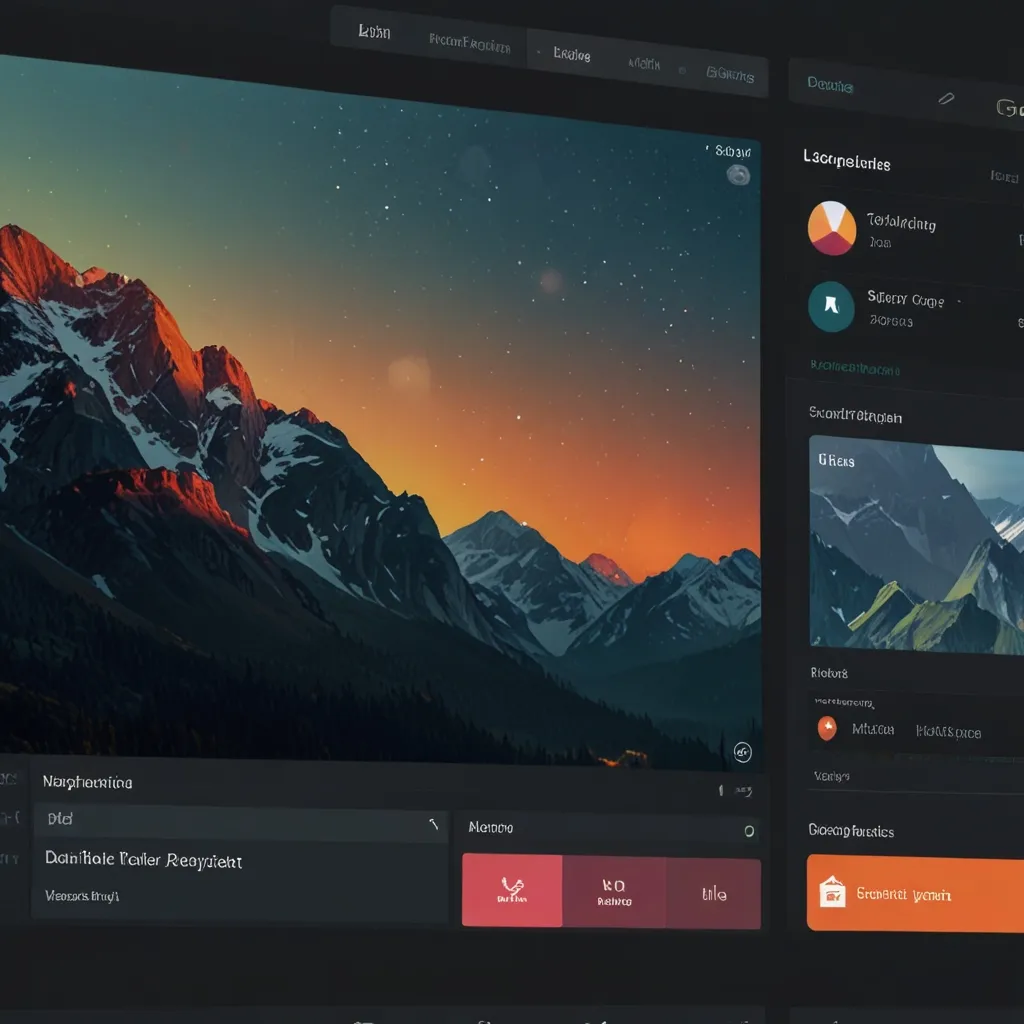JavaFX is a powerful tool that helps developers create amazing desktop applications and rich internet applications. First introduced by Sun Microsystems back in 2008, it’s become a go-to for developers who want to build immersive and interactive user experiences. What makes JavaFX particularly attractive is that it leverages the Java platform, meaning if you’re already knee-deep in Java, you’re halfway there.
One of the coolest things about JavaFX is its cross-platform compatibility. Write your app once, and it’ll run on desktops, web browsers, mobile devices, and even some embedded systems. Imagine creating one app and deploying it everywhere, without dreading compatibility issues. That’s like a universal remote for your apps, and it’s a huge win for developers.
JavaFX also brings a suite of tools and libraries that make GUI development a breeze. It comes with pre-built UI components and frameworks, so you don’t have to start from scratch. Ever tried customizing your app’s look with CSS? JavaFX supports that too, which means you can consistently implement a design language across your applications using CSS. It saves time, and who doesn’t love that?
Creating graphical applications is often a maze of integrating graphics, animations, and multimedia elements. JavaFX simplifies this with a declarative scripting language and a robust framework. This means graphic designers and developers can work side-by-side more effectively. Designers focus on the look and feel, while developers zero in on the code and logic, a synergy that leads to better apps faster.
Getting started with JavaFX is pretty straightforward. Pick your favorite development environment—whether it’s NetBeans, Eclipse, or even the humble command line—and you’re good to go. NetBeans is probably the easiest way to jump in because it offers full IDE support for JavaFX, including library setup, deployment options, and an integrated UI debugger.
Let’s talk about FXML. This is a declarative XML-based language that allows you to define your UI in a way that’s separate from your business logic. For example, you can create a user interface setup in FXML and still use Java to manipulate it. This separation can be a game-changer in bigger projects where clean code and modular structures are vital.
Rich internet applications (RIA) thrive on client-side logic, and JavaFX is well-prepped for this world. By leveraging the computational power of the client machine, your application becomes more responsive and interactive, reducing the need for constant server pings. It’s a stark contrast to the old-school thin-client models, where everything crucial happens server-side.
JavaFX also shines when it comes to multimedia and animations. Whether you need to handle images, videos, or audio or add animations and visual effects, JavaFX has got you covered. A few lines of code can turn static elements into something dynamic and engaging, complete with seamless transitions and glossy animations.
One of the perennial headaches in software development is deployment. With JavaFX, you can deploy your application across a broad range of platforms, from desktop OS to mobile devices, with minimal tweaks. It’s a massive time-saver and allows you to maintain a single codebase.
Community support for JavaFX is vibrant, thanks to its inclusion in the OpenJFX project. This open-source nature means constant updates, security improvements, and the fixing of bugs by a community of dedicated developers. There are also numerous libraries and frameworks available that make JavaFX even more powerful. Tools like MigLayout for layouts, Ikonli for icons, and RichTextFX for creating rich text editors can significantly cut down development time.
JavaFX isn’t limited to simple applications. It’s a heavy hitter that can be used to build complex and robust solutions. For instance, you can create RESTful applications interfacing with web services in a matter of minutes. Imagine building a real-time weather app with JavaFX; a few clicks, a couple of lines of code, and you can fetch and display live weather updates with minimal hassle.
To illustrate how easy it can be, imagine you’re building an app that displays weather data. You’d start with a basic JavaFX application structure and then add in the logic to fetch and display the weather information.
Here’s a stripped-down example:
import javafx.application.Application;
import javafx.scene.Scene;
import javafx.scene.control.Label;
import javafx.scene.layout.StackPane;
import javafx.stage.Stage;
import java.io.BufferedReader;
import java.io.InputStreamReader;
import java.net.HttpURLConnection;
import java.net.URL;
public class WeatherApp extends Application {
@Override
public void start(Stage primaryStage) {
Label weatherLabel = new Label();
StackPane root = new StackPane();
root.getChildren().add(weatherLabel);
Scene scene = new Scene(root, 300, 250);
primaryStage.setTitle("Weather App");
primaryStage.setScene(scene);
primaryStage.show();
fetchWeatherData(weatherLabel);
}
private void fetchWeatherData(Label weatherLabel){
try {
URL url = new URL("https://api.openweathermap.org/data/2.5/weather?q=London&appid=YOUR_API_KEY");
HttpURLConnection connection = (HttpURLConnection) url.openConnection();
connection.setRequestMethod("GET");
int responseCode = connection.getResponseCode();
if (responseCode == 200) {
BufferedReader in = new BufferedReader(new InputStreamReader(connection.getInputStream()));
StringBuilder response = new StringBuilder();
String inputLine;
while ((inputLine = in.readLine()) != null) {
response.append(inputLine);
}
in.close();
weatherLabel.setText(response.toString());
} else {
weatherLabel.setText("Failed to retrieve weather data");
}
} catch (Exception e) {
weatherLabel.setText("Error: " + e.getMessage());
}
}
public static void main(String[] args) {
launch(args);
}
}
In summary, JavaFX is an incredibly versatile and powerful tool for building rich, interactive applications. Its ease of use, extensive features, and strong cross-platform capabilities make it an excellent choice for developers across the spectrum. Whether you’re building a simple app or a sophisticated solution, JavaFX offers the tools and community support you need to bring your vision to life. With all these benefits, it’s no wonder JavaFX remains a favorite among developers for creating high-quality applications efficiently.






